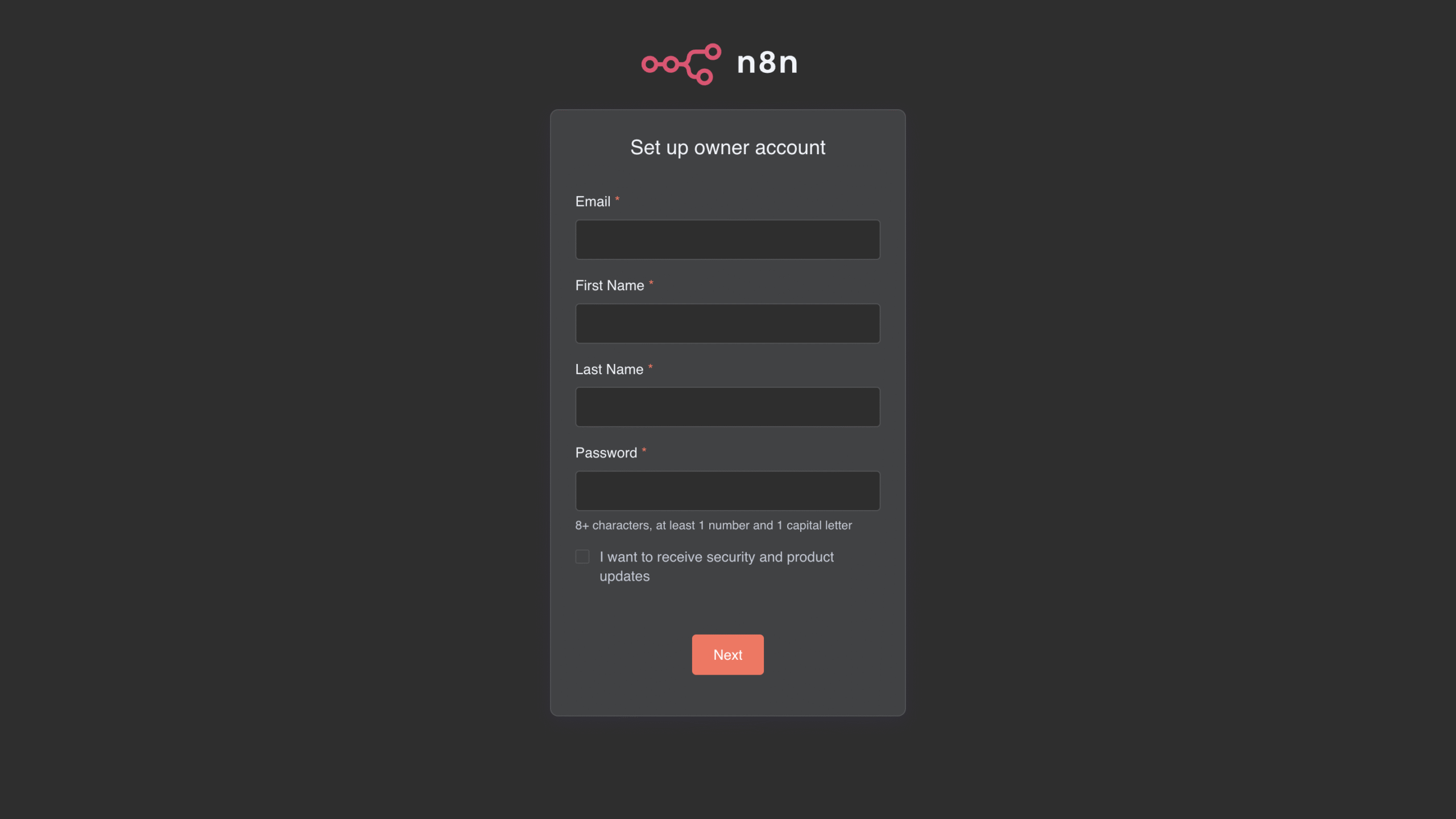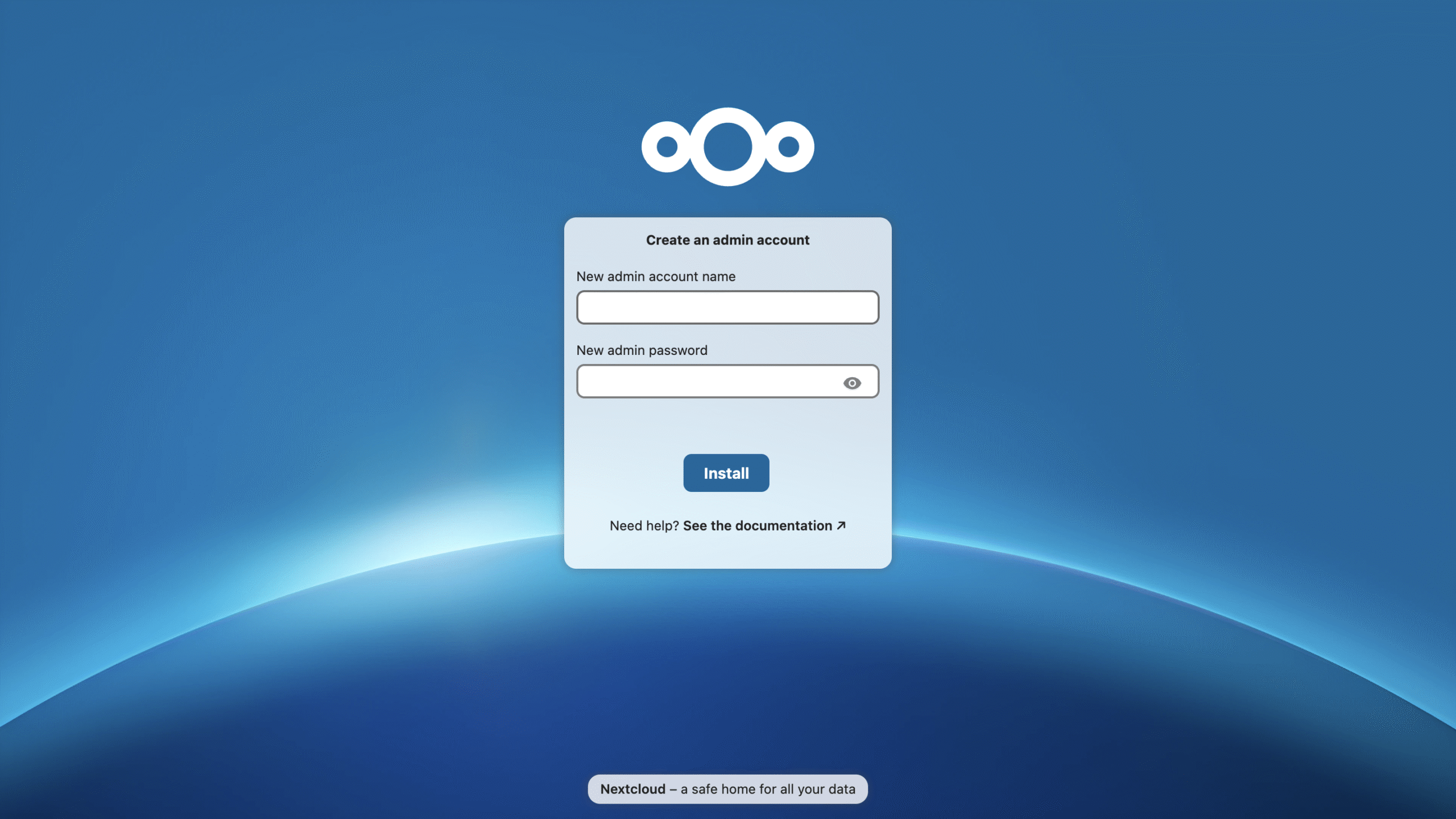Prerequisites
Before deploying an app via one-click:
- You must have a FlyWP server provisioned and connected. (Docs: “Quickstart” → Provisioning a Server) (FlyWP)
- SSH access to server may be required for advanced setup.
- A domain/subdomain configured (or use FlyWP test domain)
- Understand minimum resource/cpu/memory requirements for the app you’re deploying.
- For production usage, appropriate security (SSL, firewall, backups) must be configured.
Using One-Click Apps in FlyWP (generic workflow)
- In FlyWP dashboard, navigate to your server → Sites → Create New Site.
- Choose “One Click Apps” (or equivalent) and select the desired application template (n8n, Nextcloud, phpMyAdmin).
- Your screenshot shows a list with options like “One Click Apps”.
- Your screenshot shows a list with options like “One Click Apps”.
- Provide site details: domain (or test), stack configuration (php version, web server type), site title, admin credentials.
- The system runs provisioning: creates Linux user account, directories, Docker container(s) for the app, installs dependencies, sets permissions. (Your screenshot confirms tasks: “Creating User Account”, “Creating Directories”, “Creating Docker Containers”, “Installing the App”, “Setting Permissions”).
- Once deployment completes, access the app URL and finalize any app-specific setup (e.g., login, database connection).
- For production: configure SSL (Let’s Encrypt or custom), review firewall rules, disable or restrict dev consoles (especially phpMyAdmin).
App-Specific Details
n8n
- n8n is a workflow automation tool.
- In the FlyWP environment via one-click, expect: a Docker container with n8n service, a database container (PostgreSQL or similar), and a reverse proxy / SSL layer. (The FlyWP blog shows a Docker Compose example) (FlyWP)
- After launch: visit the assigned domain URL (e.g., https://your-domain) and create admin account.

- Ensure you configure environment variables like WEBHOOK_TUNNEL_URL, DB credentials, secure cookie settings (as per n8n image docs).
- For production: set up persistent volumes for workflows/data, backup strategy, disable open signup (if not wanted), consider scaling resources.
- Note: workflows may trigger external API calls—monitor resource usage.
Nextcloud
- Nextcloud is a self-hosted collaboration/file-share platform.
- For one-click deployment: expect app container + database + storage volume. You should assign a domain/subdomain, SSL, and ideally a separate volume for data (so files survive container restarts/upgrades).

- After setup: login as admin, create users/groups, enable/disable apps as needed.
- Security considerations: enforce HTTPS, limit public access, secure file permissions, enable automatic backups of data and database.
- Integration: You can integrate Nextcloud with n8n (e.g., automate file workflows) using n8n nodes.
phpMyAdmin
- phpMyAdmin is a web GUI for MySQL/MariaDB. FlyWP’s docs mention phpMyAdmin console integration. (FlyWP)
- Deploy via one-click: container + authentication. After launch: login with database credentials (provided by FlyWP when site created).
- Security: Because phpMyAdmin gives full DB access, restrict access (IP whitelist, disable when unused). FlyWP docs recommend disabling phpMyAdmin when not needed. (FlyWP)
- Use case: DB administration, backups, table optimization. Avoid leaving it open in production.
Best Practices & Deployment Tips
- Always use a custom domain + SSL; avoid unsecured HTTP in production.
- Use persistent storage (Docker volumes) for apps with data (e.g., Nextcloud files, n8n workflows) so you don’t lose data on redeploy.
- Monitor resource usage (CPU, RAM) especially for n8n and Nextcloud—they may need more than a minimal VM.
- For security: apply least privilege for database users, disable unused services, apply OS updates regularly.
- Backups: schedule both database + file backups. FlyWP supports backup/restore features.
- Update strategy: ensure the one-click app supports version upgrades (Docker image updates) without breaking data.
- For multi-tenant use: isolate apps in separate containers/users so one compromise does not spread.
Limitations / Known Gaps
- The official FlyWP docs list are focused on WordPress-style site creation; there may not yet be full one-click documentation for n8n/Nextcloud in FlyWP. (You may need to customize post-deploy)
- Resource scaling may require manual tuning after deployment (e.g., adding memory, increasing CPU).
- For external integrations (e.g., Nextcloud + n8n), you must configure API/auth credentials manually.
.png)